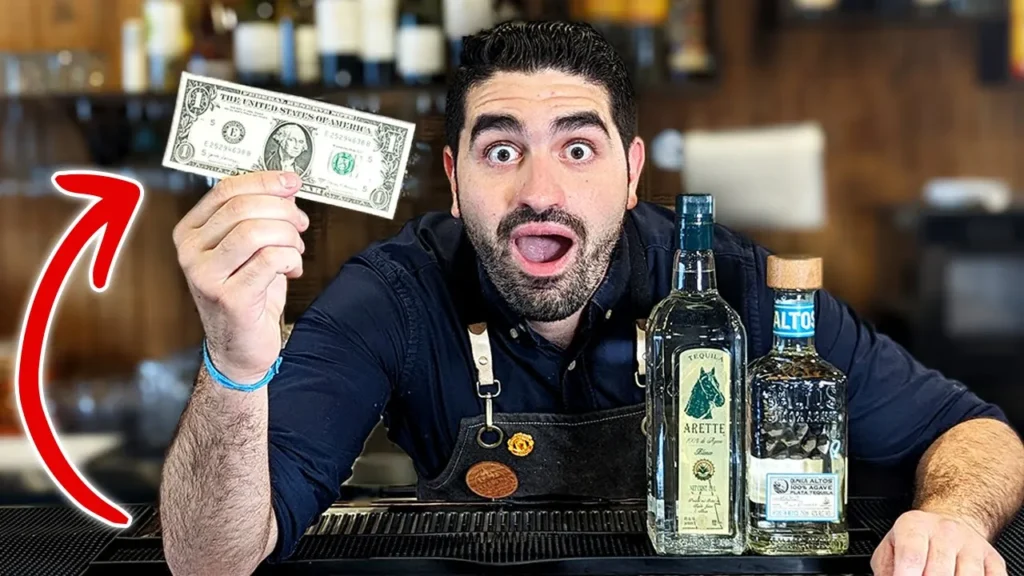What Is Cachaça? Exploring Brazil’s Most Varied and Complex Spirit
- by luifern_k1atq9
- February 12, 2025
- 5 Minutes
If you’re a spirits enthusiast, you’ve probably heard of Cachaça, Brazil’s national spirit. But did you know that it is one of the most varied and complex spirits on the planet? With over 28 different types of indigenous woods used for aging and a wide range of flavor profiles influenced by Brazil’s diverse climates, Cachaça offers a world of possibilities for both drinkers and bartenders. In this article, I’ll dive deep into what makes it so unique, why it’s worth exploring, and how you can incorporate it into your cocktail repertoire.
What Is Cachaça?
Cachaça is a distilled spirit made from fresh sugarcane juice, giving it a grassy, earthy flavor profile that’s often compared to high-quality tequila. Unlike rum, which is typically made from molasses (a byproduct of sugar production), It is crafted directly from the juice of pressed sugarcane. This results in a spirit that’s brighter, more vegetal, and uniquely Brazilian.
Fun fact: Cachaça predates rum by about 150 years. Portuguese settlers began distilling it in Brazil as early as the 1500s, making it one of the oldest spirits in the Americas.
Why Cachaça Is So Unique
What sets Cachaça apart from other spirits is its incredible diversity. This diversity comes from two key factors:
1. Terroir: Where the Sugarcane Grows
Brazil is the fifth-largest country in the world, with climates ranging from rainforests and deserts to valleys and mountains. The terroir—where the sugarcane is grown—plays a huge role in shaping the flavor of the final spirit. For example:
- Sugarcane grown in the rainforest might have a more tropical, fruity profile.
- Sugarcane from arid regions might yield a drier, earthier spirit.
2. Aging in Indigenous Woods
While most spirits are aged in oak barrels, Cachaça can be aged in over 28 different types of indigenous Brazilian woods, each imparting unique flavors, colors, and textures. This makes Cachaça one of the most versatile spirits for aging, with a near-limitless range of flavor combinations.
Exploring the Different Types of Cachaça
At my restaurant, we have over 20 different bottles of Cachaça, and each one tells a unique story. Here are some of the most notable varieties and the woods that define them:
1. Unaged (Silver)
- Flavor Profile: Grassy, vegetal, and slightly harsh.
- Best For: Classic Caipirinhas and cocktails.
Unaged Cachaça is the purest expression of the spirit, showcasing the raw, fresh flavors of sugarcane. It’s the go-to choice for Brazil’s national cocktail, the Caipirinha.
2. Oak-Aged
- Flavor Profile: Vanilla, caramel, and a smooth mouthfeel.
- Example: Weber Haus Premium Gold (aged 4 years in French oak).
Oak is the most common wood used for aging Cachaça, and for good reason—it imparts classic, well-rounded flavors that are familiar to fans of bourbon or cognac.
3. Amburana-Aged
- Flavor Profile: Sweet, smooth, and slightly spicy.
- Example: Avuá Amburana.
Amburana (also known as Brazilian teak) is a popular indigenous wood that reduces acidity and adds a sweet, spicy complexity to the spirit.
4. Balsamo-Aged
- Flavor Profile: Clove, anise, and a sharper, spicier finish.
- Example: Avuá Balsamo.
Balsam wood adds a unique spiciness, making it a great choice for cocktails that need a little extra kick.
5. Ipê-Aged
- Flavor Profile: Medium acidity, smooth, and slightly floral.
- Example: Ipê Cachaça.
Aged in yellow wood (Ipê), this Cachaça has a golden hue and a soft, approachable flavor profile.
6. Jequitibá-Aged
- Flavor Profile: Subtle vanilla, smooth, and elegant.
- Example: Avuá Jequitibá Rosa.
Jequitibá wood imparts a light, delicate flavor, making it perfect for sipping or crafting refined cocktails.
7. Zebrawood-Aged
- Flavor Profile: Caramel, dark vanilla, and fruity notes.
- Example: Novo Fogo Tanager.
Zebrawood gives this Cachaça a striking reddish color and a rich, complex flavor profile. It’s one of my personal favorites and works beautifully in cocktails like the Sazerac.
8. Brazil Nut Wood-Aged
- Flavor Profile: Smooth, nutty, and chestnut-brown in color.
- Example: Novo Fogo Graciosa.
Aged in Brazil nut wood, this Cachaça is incredibly smooth and perfect for sipping neat over a large ice cube.
Why Cachaça Belongs in Your Bar
As a Brazilian bartender, I’m passionate about sharing the beauty of Cachaça with the world. Its versatility and complexity make it a fantastic spirit for both sipping and mixing. Here’s why you should consider adding some to your bar:
- Endless Cocktail Possibilities: From classic Caipirinhas to tiki-style drinks, Cachaça’s diverse flavor profiles open up a world of creative cocktail opportunities.
- Aging Potential: With over 28 types of indigenous woods used for aging, Cachaça offers a level of variety that’s unmatched in the spirits world.
- Cultural Significance: Cachaça is more than just a spirit—it’s a celebration of Brazilian heritage and craftsmanship.
Final Thoughts
Cachaça is a spirit that deserves far more attention than it gets. Its grassy, earthy base and the incredible variety of flavors imparted by indigenous woods make it one of the most exciting spirits to explore. Whether you’re a bartender looking to experiment with new flavors or a spirits enthusiast eager to try something different, Cachaça is a must-try.
So, the next time you’re at a bar or liquor store, skip the usual suspects and reach for a bottle of Cachaça. You might just discover your new favorite spirit.
Cheers to Cachaça—a true taste of Brazil’s rich and diverse culture!






No comment yet, add your voice below!